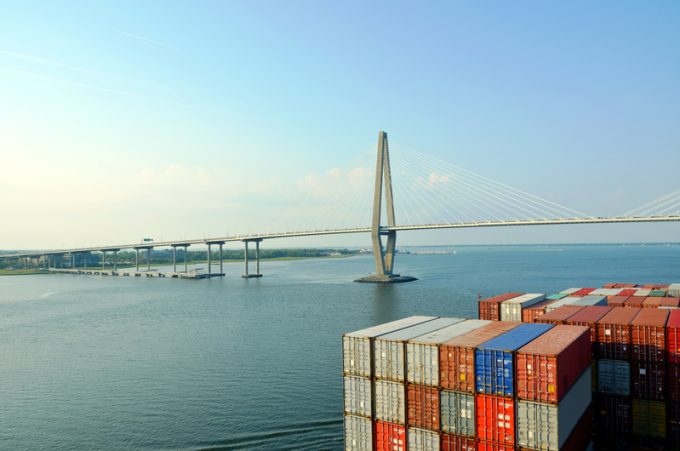News in Brief Podcast | Week 3 | Ceasefire talks, ecommerce and Expeditors
In this episode of The Loadstar’s News in Brief Podcast, host and news reporter Charlotte Goldstone ...

A minor 3% drop this week in the Drewry World Container Index (WCI), continuing a trend which began last week.
Shanghai-US rates were the fastest to dip: Shanghai-LA from a peak of $7,512 in early July to $6,501 yesterday; and Shanghai-NY from $9,612 on 18 July, to $8,931.
This could be little more than a glitch in an otherwise inexorable rise in rates, akin to that seen in the WCI in Q1, which soon reversed.
Indeed, according to Linerlytica, the port of Shanghai ...
Volcanic disruption at Anchorage could hit transpacific airfreight operations
Shippers snap up airfreight capacity to US ahead of tariff deadline
Forwarders stay cool as US 'liberation day' tariffs threaten 'global trade war'
New price hikes may slow ocean spot rate slide – but for how long?
Tighter EU import requirements proving 'a challenge' for forwarders
Supply chain delays expected after earthquake hits Myanmar
Looming Trump tariffs will create 'a bureaucratic monster' for Customs

Comment on this article